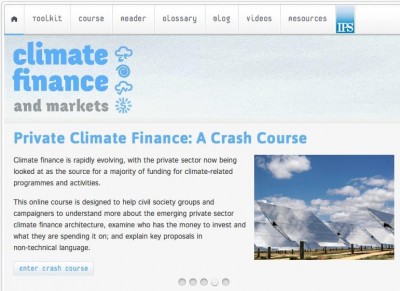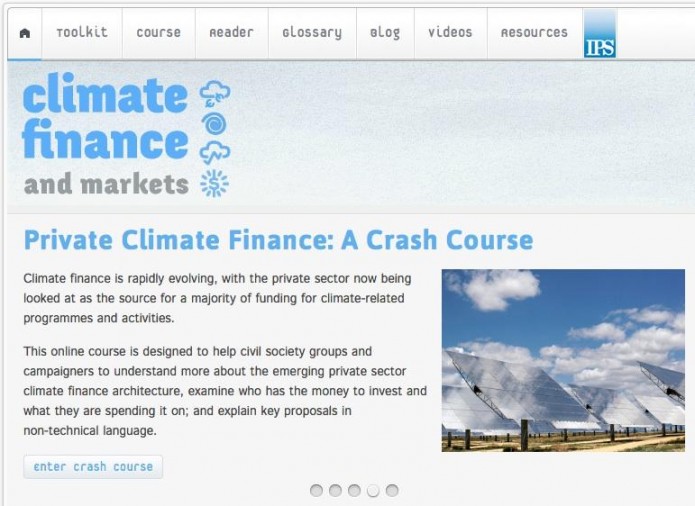The World Bank likes to talk a good game on climate change. But when it comes to taking action, its approach can be “too narrowly focused, small scale and uncoordinated,” admits Bank President Jim Yong Kim. Worse still, it often backs entirely the wrong strategies, like carbon markets, while continuing to invest billions every year in new fossil fuel infrastructure.

VIEW NEW WEBSITE HERE: www.climatemarkets.org.
Since taking the helm, Jim Kim has made repeated promises that addressing climate change – and the devastating impacts it has on development – will be at the center of the Bank’s agenda. Key to this is a new Presidential Task Force on Climate Change, which will examine fossil fuel subsidies, carbon markets, “climate smart” agriculture, and partnerships to build cleaner cities. At the same time, the Bank’s low-income focused International Development Association (IDA), and its private sector arm, the International Finance Corporation (IFC), have both identified climate financing as a priority area.
The World Bank-IMF spring meetings convening in Washington DC provide an opportunity for the Bank to flesh out a new approach. The early signs are not promising, though. Carbon markets remain a central pole of the bank’s strategy, with $110 million pledged to a “Partnership for Market Readiness” that is encouraging the creation of new markets modeled on a European scheme that has already virtually collapsed.
There are indications, too, that much of the Bank’s “bold” new thinking is based on reaching out to the financial sector, using some of the same Wall Street tricks that proved so devastating for the United States and global economy in the 2008 crash. The Bank isn’t alone in this approach: the Green Climate Fund, and many of the other international financial institutions, are looking to encourage (“leverage”) private sector finance to plug the massive holes in climate financing left by industrialized countries failing to meet their obligations.
Dusting down the same old financial approaches isn’t going to work. In climate circles, it’s already possible to hear the familiar refrain that rich-country austerity means that “There Is No Alternative” to courting the private sector. To which we’d respond: the United States is not broke, and neither are the other industrialized (“Annex I”) countries that should be making far larger public financial contributions and developing ambitious domestic plans to curb the greenhouse gas emissions that cause climate change. On the financial side, these could be supplemented by a range of genuinely “innovative” approaches, including financial transaction taxes, or a “Robin Hood tax.”
We’ve set up a new website on Climate Finance and Markets (climatemarkets.org) to explore these new approaches, and to monitor how the World Bank, the Green Climate Fund and others are courting the financial sector.
The site, put together by IPS with the support of the Heinrich Böll Foundation North America, offers a range of materials that could help climate activists and advocates understand the new financial tools that are emerging, the role of key private sector actors (from banks to private equity funds), attempts to “leverage” private investment, and alternatives to this Wall Street-driven approach. Bank staff, public officials and journalists attending the World Bank-IMF spring meetings could even learn a thing or too as well.

See climatemarkets.org or follow us on Twitter @ClimateMarkets1
